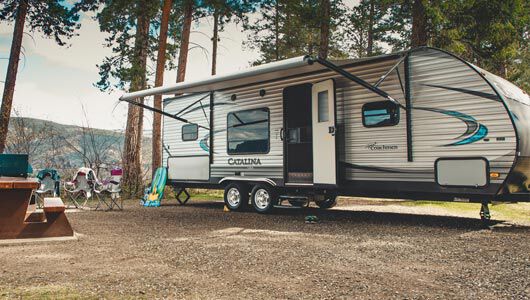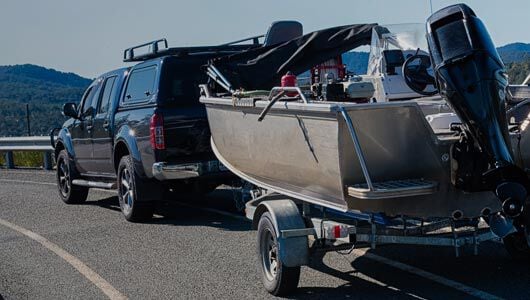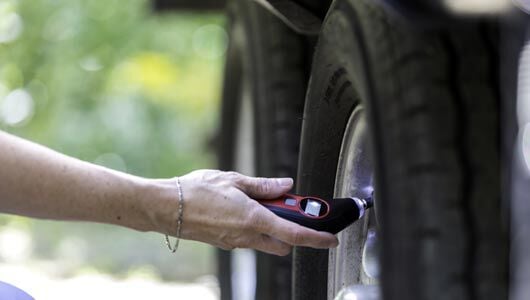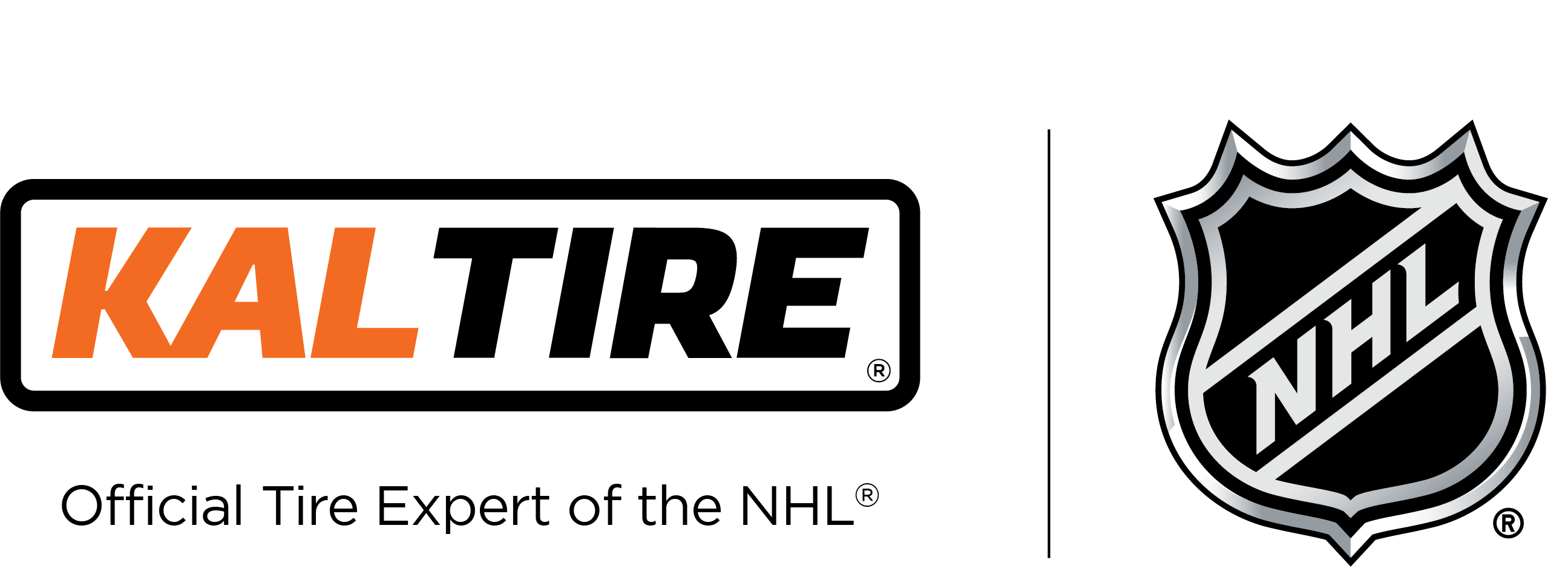Are your recreational trailer tires road-ready?
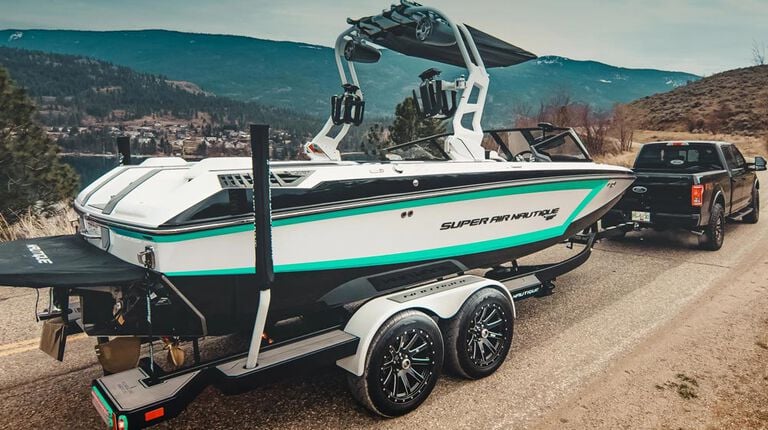
The snow is melting, the days are growing longer and the road is calling. Before you hitch your trailer and take the road less travelled, take a few extra minutes to make sure that your recreational trailer tires are also road trip-ready for whatever you’re hauling.
Here’s a handy checklist to help ensure your tires can perform at their best all the way to the lake and back.
1. Check your trailer tires’ pressure
If your trailer spent the winter sitting idle, or if some time has passed since your last road trip, help ensure your family’s safety by monitoring the level of inflation.
It’s essential that you perform this critical step before, and during, your road trip. We recommend checking your tire pressure in the morning when it’s still cool.
While reducing the inflation can lead to a smoother ride, we don’t recommend doing so as it reduces the tire’s load-bearing capacity and can lead to poor handling, traction, and breaking.
Use a tire gauge and inflate your tires to the maximum PSI rating indicated on the sidewall.
2. Grease your wheel bearings
Greasing your trailer’s wheel bearings before the season is a simple and effective way to ensure a smooth and safe ride.
Before you begin, ensure you have all of the necessary equipment. Greasing your trailer’s wheel bearings requires:
- a wheel jack
- a torque wrench,
- a hammer
- and high-temperature grease
To grease your wheel bearings, jack the trailer and remove the wheel before removing the nut retainer, spindle nut, and washer. Pump in the new grease while rotating the hub until grease begins to seep from the fitting. Replace the washer, retainer, and nut before putting the tire back on your recreational trailer.
3. Check your trailer tires for cracking
Signs of cracking in the sidewall of your recreational trailer tires indicate that they are doing their job combating the elements. However, cracking also indicates that it’s time to seek a replacement tire.
You should also look for any unusual signs of wear, such as:
- cuts
- bulges
- punctures
- flat spots
Flat spotting means part of the tire is softer or harder than the rest of the tire. This occurs after extended periods of contact with a hard surface.
4. Start with a test run
You’ve measured your trailer tires’ air pressure, greased your wheel bearings, and checked for any signs of wear and tear—now it’s time to hit the open road.
But, before you venture out onto the highway, consider a test run around the neighbourhood. Keep an eye on how your recreational or boat trailer feels behind your tow vehicle and ensure you’re within your maximum cargo load before you find yourself too far from home.
5. Have a Kal Tire technician inspect your trailer tires
Safety is our number one priority. Before you hit the road, let us help give you the peace of mind you need for an enjoyable season with your recreational trailer.


